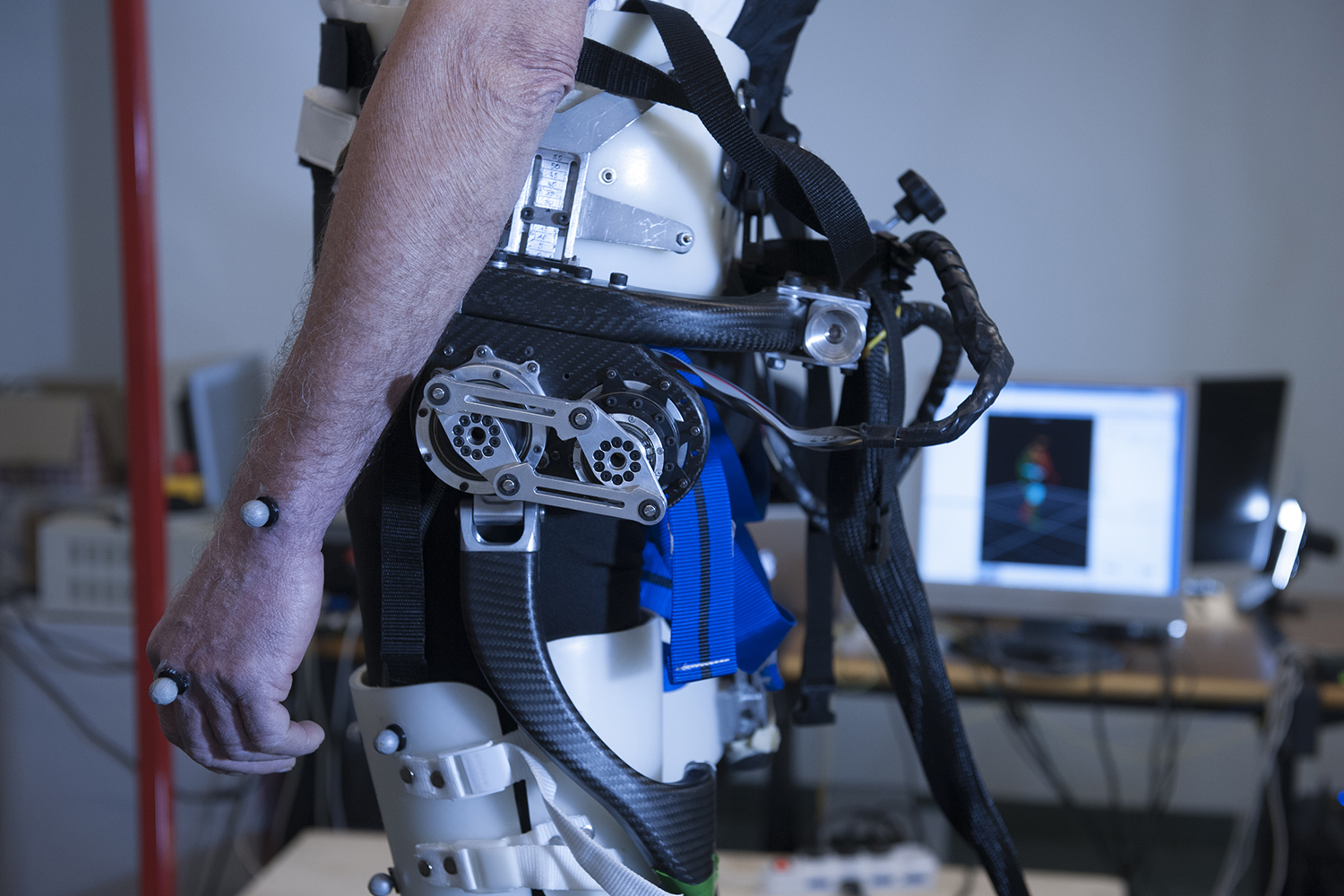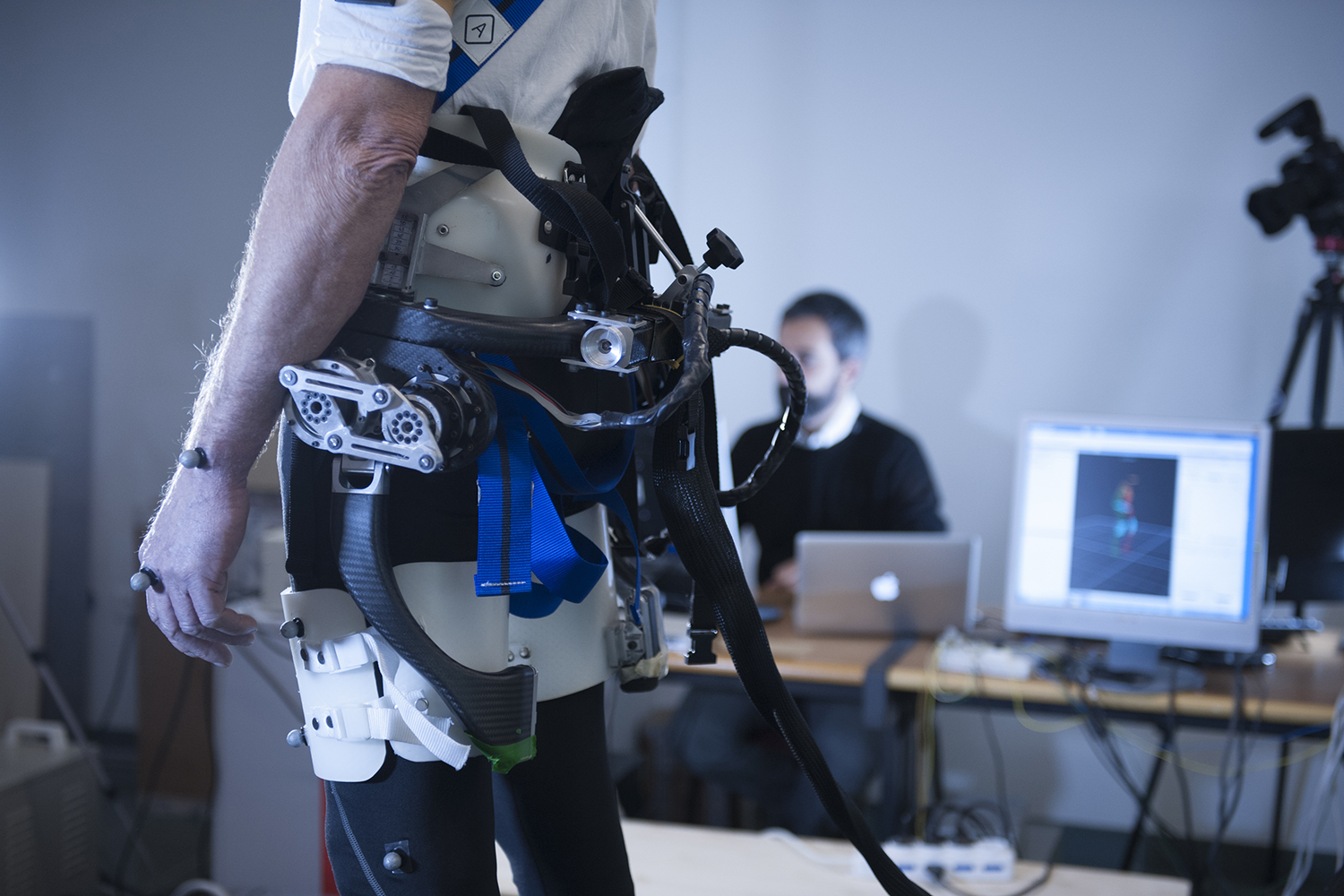Most exoskeletons are designed to aid in regular movements, such as bending, squatting, and lifting. Companies like SuitX, Superflex, and recently Lowe’s have invested in these devices in order to help workers move heavy objects.
The EPFL device on the other hand is specifically designed to prevent elderly or physically impaired people from falling. Just a few minutes of fitting and calibration help adjust the device to the way a wearer walks.
“Falls are universally acknowledged as one of the most disabling conditions across elderly people and amputees,” Federica Aprigliano, a biomedical engineer who worked on the project, told Digital Trends. “Accordingly, our approach was developed to prevent fall-related injuries, improving the quality of life of subjects with higher risk of falling.”
During calibration, the device notices the nuances of an individual’s stride and uses an algorithm to detect and correct movement when a wearer begins to fall. A series of motors respond to the fall by pushing the user’s thighs downward to reestablish stability.
“The exoskeleton was mainly developed to help fragile people during their daily activities,” Aprigliano said. “In particular, they can take advantages from our device, enjoying social interactions and avoiding sedentary lifestyle. In addition, the device could also be updated to support laborers with their work, lessening the risk of falls.”
The exoskeleton was tested with subjects at a rehabilitation center in Florence, where Fulvio Bertelli, a 69-year-old subject, wore the device while a treadmill intentionally made him fall off balance. “I feel more confident when I wear the exoskeleton,” he said in a statement.
One of the team’s main goals is to make the exoskeleton effective but non-intrusive, so it won’t disturb a wearer or compromise their stability while falling. Though the device has been effectively demonstrated within the lab, the next steps entail making it less obtrusive so it can be more comfortably worn out on the streets.
“This work paves the way for imagining a completely new generation of exoskeletons that will actually be effective outside of research laboratories thanks to their ability to augment users’ movement and make their mobility more stable and safe,” said Nicola Vitiello, an exoskeleton researcher who worked on the project. “To reach these goals, exoskeletons must be endowed with features, like the one proved in this study, that really take into account what users can experience in real-life unstructured environments.”
A paper detailing the research was published last week in the journal Scientific Reports.







